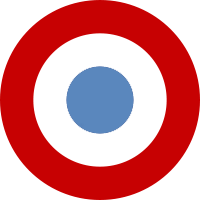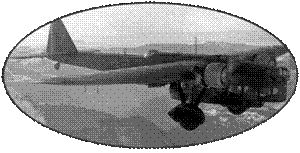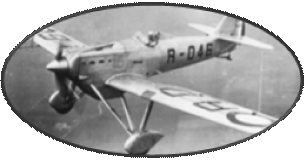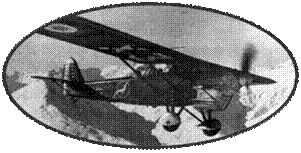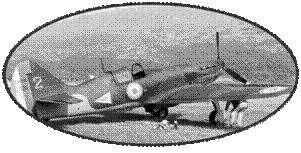Originally, the DO 17 is
designed for commercial use in response to a request from Lufthansa
for a fast mixed passenger and postal aircraft to serve European
lines in 1934.
At the end of 1934, three
prototypes were tested in flight: the DO17 V1, V2 and V3. The aircraft
is a thin twin-engine monoplane propelled by two BMW V1 inline engines.
It has a mono drift and a long conical nose. But Lufthansa does
not hold the project: the DO17 can only carry 6 passengers, which
is insufficient despite good performance.
However, these same performances
were of interest to the Ministry of Air. He ordered a bombing version
that came into being with the V4 prototype. He sees his passenger
cabin replaced by a radio compartment, and it is equipped with a
bomb bay and a double drift. Other versions will follow with other
engines, including the V9, equipped with a glazed nose and defensive
weapons: it was the prototype aircraft in the Do 17 E-1 series.
The first production units
leave the chains at the end of 1936 and come into service the following
year. In parallel, a remote reconnaissance version is produced,
the DO17 F1. In 1937, these two versions were initiated during the
Spanish war where their speed proved superior to that of the republican
hunters, until the arrival of Polikarpov 1-16 in 1938.
As the Daimler-Benz DB 600
engines are primarily reserved for fighter aircraft, the DO17s are
remotorized in 1938 with radial engines Bramo Fafnir 323 or BMW
132. The latter, less powerful but lighter, is retained for the
DO17-P for its moderate consumption which increased its range of
action. The DO17-M received the Bramo, which allowed him to carry
1000 kg of bombs.
Yugoslavia is interested
in the device, an "Export" version is created the DO17-K,
which is none other than the re-engined M-DO17 by French Gnome and
Rhône: the engine and the aircraft being built both in license
in this country.
Another version, The Do 17-L,
an DO17-M whose crew passes from 3 to 4 men intended for a role
of scout. However, it was never produced, just like the DO17-R which
served as a test bench for engines and various equipment.
Then came Do 17-Z. This version
was born from the experience gained in Spain in 1938. The DO 17
was indeed vulnerable to attacks from below the device, which then
has only one ventral machine gun at the limited range. The forward
fuselage is completely revised: the glazed nose while bending glass
panels receiving dishes, giving it its characteristic appearance
facettisé, and its bottom is deepened and extended backwards
to be able to install an additional machine gun. The cockpit is
elevated and fully glazed. The DO17-Z went into service in the fall
of 1938. This new nose also found place on three 17S-0 rapid reconnaissance
and fifteen 17U-0 and U-1 highway scouts.
In the middle of 1940, the
production of DO17 was stopped. the aircraft has a lower bomb carrying
capacity than Heinkel 111 and a lower speed than JU88.
Two latest versions are however
produced: the 17Z-6 and Z-10 night hunters on which the glazed nose
is removed, replaced by a gun and a machine gun. However, these
aircraft do not have radars, and they are removed from service in
the spring of 1942. The remaining Do 17 are removed from service
and assigned to glider training or towing tasks. DO17 also served
in other countries such as Yugoslavia and Finland.
The DO17 was appreciated
for its maneuverability, reliability and ease of maintenance, but
its initial commercial design prevented it from evolving as its
competitors.
